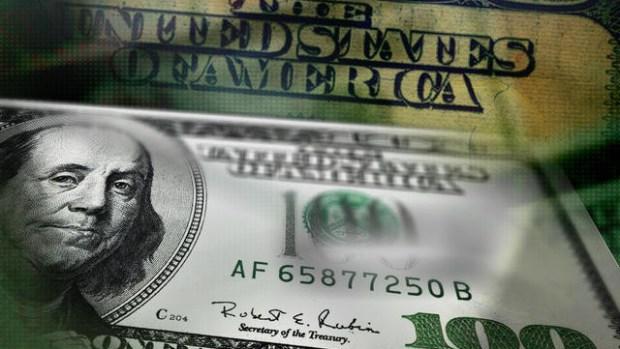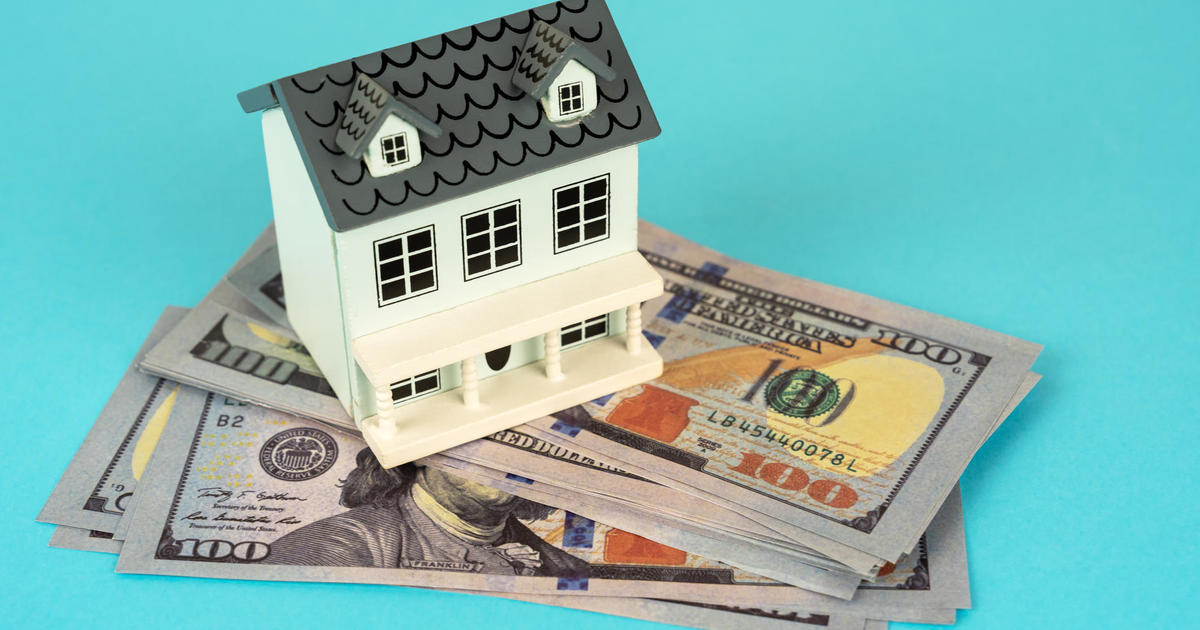Wage growth surges as economy notches solid job gains
WASHINGTON - U.S. employers added a decent 161,000 jobs in October, and the unemployment rate dipped to 4.9 percent from 5 percent. It was the final major report on a lukewarm but durable economy before Americans choose a new president next week.
The Labor Department said Friday that average hourly pay took a big step higher last month, rising 10 cents an hour to an average $25.92. That is 2.8 percent higher than a year ago and is the biggest 12-month increase in seven years.
The pickup in hourly pay follows a substantial increase last year in earnings for the typical household. The economy appears to be finally delivering widespread raises after years of sluggish pay gains. With the unemployment rate near healthy levels, businesses are likely trying harder to attract workers.
In another positive sign for the labor market, the share of prime-age workers a job rose to 78.2 percent. That is the highest level for the so-called employment-to-population ratio since the economy started to rebound from the recession in June of 2009, noted economist Dean Baker of the Center for Economic and Policy Research.
The steady hiring and low unemployment rate have also put the Federal Reserve on track to raise interest rates next month for the first time this year.
“The solid gain in employment and the acceleration in average hourly earnings growth in October will increase expectations that the Fed will hike interest rates in December,” said Paul Ashworth, chief U.S. economist with Capital Economics, in a note.
Still, the economy is growing at the slowest pace of any in a recovery since World War II. Growth picked up to a 2.9 percent annual rate in the July-September quarter, the government has estimated, much faster than the 1.1 percent pace for the first half of the year. But most analysts foresee only modest expansion in the October-December quarter, leaving growth at an anemic rate of about 1.8 percent for all of 2016.
Consumers -- the U.S. economy’s primary fuel -- are showing some staying power, even though their spending slowed in the July-September period. Consumer spending did rise at a robust pace in September alone.
Much of that spending was on higher-priced items, including cars and homes. Auto sales are running close to last year’s record high of more than 17 million. And while home sales have leveled off this year, they have done so at a nearly healthy level of 5.5 million.
Businesses, though, have been cutting back spending on machinery, computers and other equipment. They have reduced such spending for the past four quarters -- the longest such stretch since the recession officially ended in mid-2009.
That slowdown may reflect jitters about the election and uncertainties about the next president’s economic policies.
The cutbacks have slowed factory output for the past year. Orders for manufactured goods have dropped 2.3 percent in 2016 compared with last year. That’s a big reason factories have shed nearly 50,000 jobs in the past 12 months.





